Article at a glance:
- Redmond has formal leadership roles, but leadership is defined by responsibility and support, not authority or perks.
- We aim to be a leaderful organization, where leadership is shared and everyone is empowered to step up in their own way.
- We’re intentionally designing a structure that prioritizes collaboration over control.
Time to read: 3 minutes
We often say that Redmond doesn’t have hierarchy, but we have team leaders, business unit leaders, a CFO, and a CEO.
So, does that count as hierarchy?
While we’re definitely not perfect at eliminating hierarchy (humans tend to create pecking orders whether we mean to or not), we are intentionally designing a system where leadership is about structure, not power.
Structure, Not Status

Yes, we have formal leadership roles. But at Redmond, being a leader doesn’t mean “being in charge.” It means making space for conversations and actions that need to happen.
These roles are more about creating structure in areas of focus, not hierarchy and who answers to who.
Many formal leaders focus on upstream strategy, while others focus on operations. But leadership here isn’t about having control. It’s about being responsible for keeping things moving. This looks different for every leader and their strengths.
We like to say we’re a leaderful organization, meaning leadership isn’t concentrated at the top. Every team is full of leaders who step up in different ways, whether they hold a formal title or not.
What Leadership Doesn’t Come With
In most companies, leadership positions come with perks. At Redmond? Not so much.
- No corner offices…because no one has an office.
- No reserved parking spots. Team leads fight for a spot like everyone else.
- No automatic pay raise. Your compensation doesn’t change when your role does. Everyone gets a compensation review in the spring, regardless of title.
- No private executive bathrooms…you get the idea.
“Team Lead” is just another role around here, not a status symbol.
The Ideal We’re Chasing

While we do have formal leaders, their role is about support, not power.
What does this look like in practice?
In her Ted Talk “Why It’s Time to Forget the Pecking Order at Work,” Margaret Heffernan told the story of a team tasked with creating a plan to phase out environment-damaging chlorofluorocarbons who asked their leader, Geoff Tudhope, to step back so they could work.
Heffernan said, “Now, this didn't mean Tudhope did nothing. He gave the team air cover, and he listened to ensure that they honored their principles. And it worked: Ahead of all the other companies tackling this hard problem, this group cracked it first.”
We know we’re not perfect at eliminating hierarchy, and maybe we never will be. But that’s not the point. The point is that a hierarchy-free organization is an ideal worth pursuing. We don’t want leadership to be about authority. We want it to be about ownership, collaboration, and making sure the work gets done in a way that helps everyone succeed.
That means everyone can be a leader, which is why we’re a leaderful organization.
So, do we have hierarchy? Maybe not in the way you’re used to seeing it. And that’s exactly the goal.


